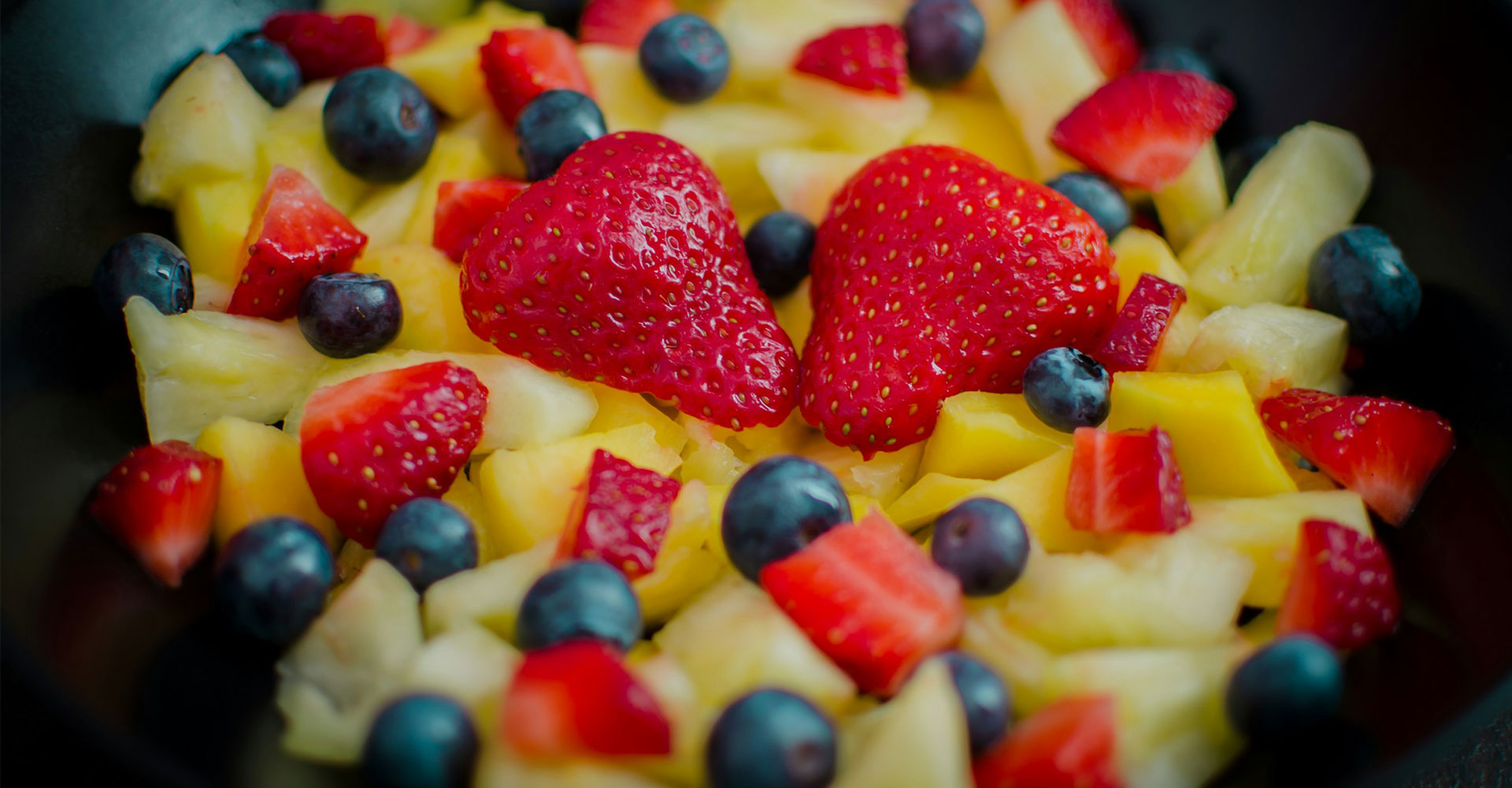
The Chef’s Guide to Healthy Eating
Healthy eating has evolved from being a passing trend to a vital part of modern culinary practices. For chefs, this means crafting meals that are not only delicious but also nourishing. In East Africa, the culinary landscape is rich with opportunities to incorporate healthy ingredients, creative techniques, and ancient superfoods into everyday meals. This guide delves into how chefs can adopt healthy cooking practices, explore substitutes for traditional ingredients, and embrace the benefits of East African superfoods.
How Chefs Incorporate Healthy Cooking Practices
Healthy cooking is about more than just reducing calories or fat; it’s about creating meals that nourish the body and soul. Here are some practices chefs use to make dishes healthier without sacrificing flavor:
1. Emphasizing Fresh, Local Ingredients
Chefs prioritize sourcing fresh, seasonal, and locally grown produce. Not only does this support local farmers, but it also ensures meals are packed with nutrients. Seasonal ingredients are often fresher and more flavorful.
2. Cooking Techniques That Retain Nutrients
Methods like steaming, grilling, and sautéing with minimal oil help preserve the vitamins and minerals in vegetables and proteins. For instance, steaming greens like sukuma wiki (collard greens) retains more nutrients compared to boiling them.
3. Portion Control and Balanced Plates
Chefs design plates to include balanced portions of proteins, whole grains, and vegetables. This approach ensures diners enjoy a wholesome meal without overindulging.
4. Reducing Salt and Sugar
Herbs, spices, and natural sweeteners like honey are used to enhance flavor without relying heavily on salt and sugar. This aligns with growing consumer demand for heart-healthy and diabetes-friendly options.
Alternatives to Commonly Used Ingredients for Health-Conscious Cooking
Substituting traditional ingredients with healthier alternatives can transform a meal into a guilt-free indulgence. Here are some ideas:
1. Flour Alternatives
- Replace refined wheat flour with whole-grain options like millet flour or sorghum flour for baking and thickening sauces. These options are higher in fiber and nutrients.
- For gluten-free recipes, almond flour or cassava flour works well.
2. Healthy Fats
- Use avocado oil, olive oil, or sunflower oil instead of butter or margarine. These are rich in healthy monounsaturated fats.
- Substitute mayonnaise with mashed avocado or Greek yogurt in salads and sandwiches.
3. Sweetener Swaps
- Replace processed sugar with natural options like honey, dates, or jaggery.
- Use bananas or sweet potatoes to naturally sweeten baked goods.
4. Plant-Based Proteins
- Incorporate legumes like lentils, chickpeas, and kidney beans as protein substitutes in stews and salads.
- Use tofu or tempeh instead of red meat in stir-fries.
5. Low-Carb Options
- Replace rice with cauliflower rice or cooked millet for a lighter, nutrient-dense option.
- Swap regular pasta with zucchini noodles or whole-grain varieties.
Benefits of East African Superfoods
East Africa is home to nutrient-dense superfoods that chefs can use to add a healthy twist to their menus. Here are some standout superfoods and their benefits:
1. Millet
- Rich in fiber, magnesium, and antioxidants, millet is excellent for heart health and digestion.
- It can be used in porridge, flatbreads, or as a base for salads and pilafs.
2. Sorghum
- Sorghum is gluten-free and packed with protein, iron, and vitamins.
- It’s versatile enough for baking, brewing, or serving as a grain bowl.
3. Moringa
- Known as the “miracle tree,” moringa is loaded with vitamins A, C, and E, along with calcium and potassium.
- Its powdered form can be added to smoothies, soups, or even dough for nutrient enrichment.
4. Pumpkin Seeds
- A rich source of zinc and healthy fats, pumpkin seeds are perfect for snacks or toppings on salads and soups.
- They can also be blended into sauces or dips for an earthy flavor.


